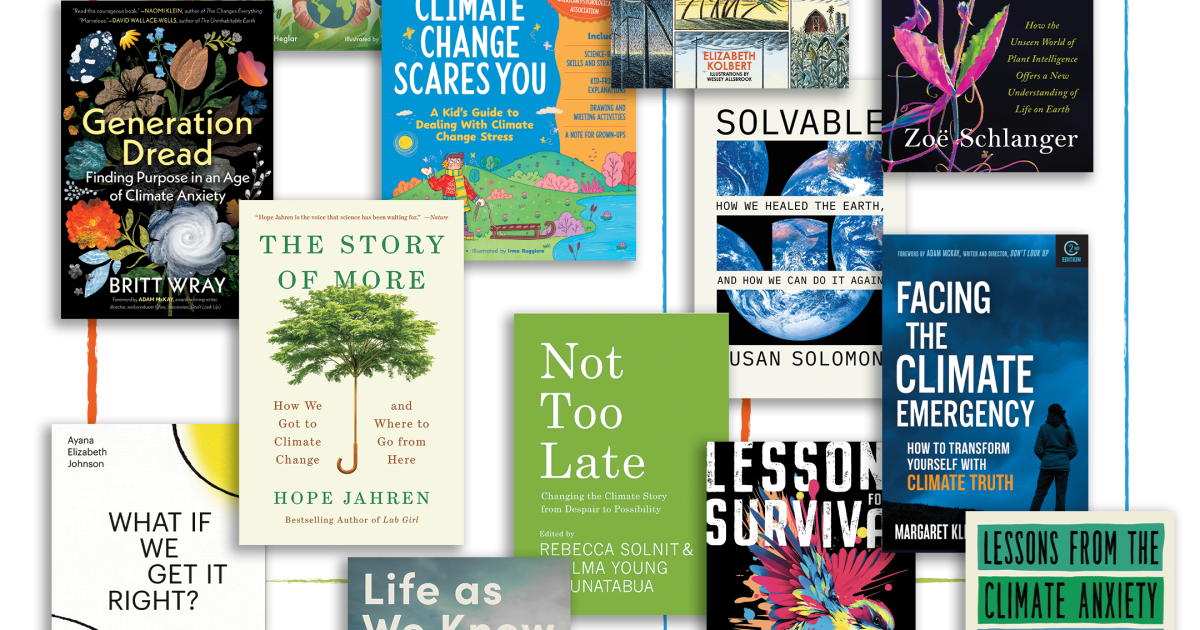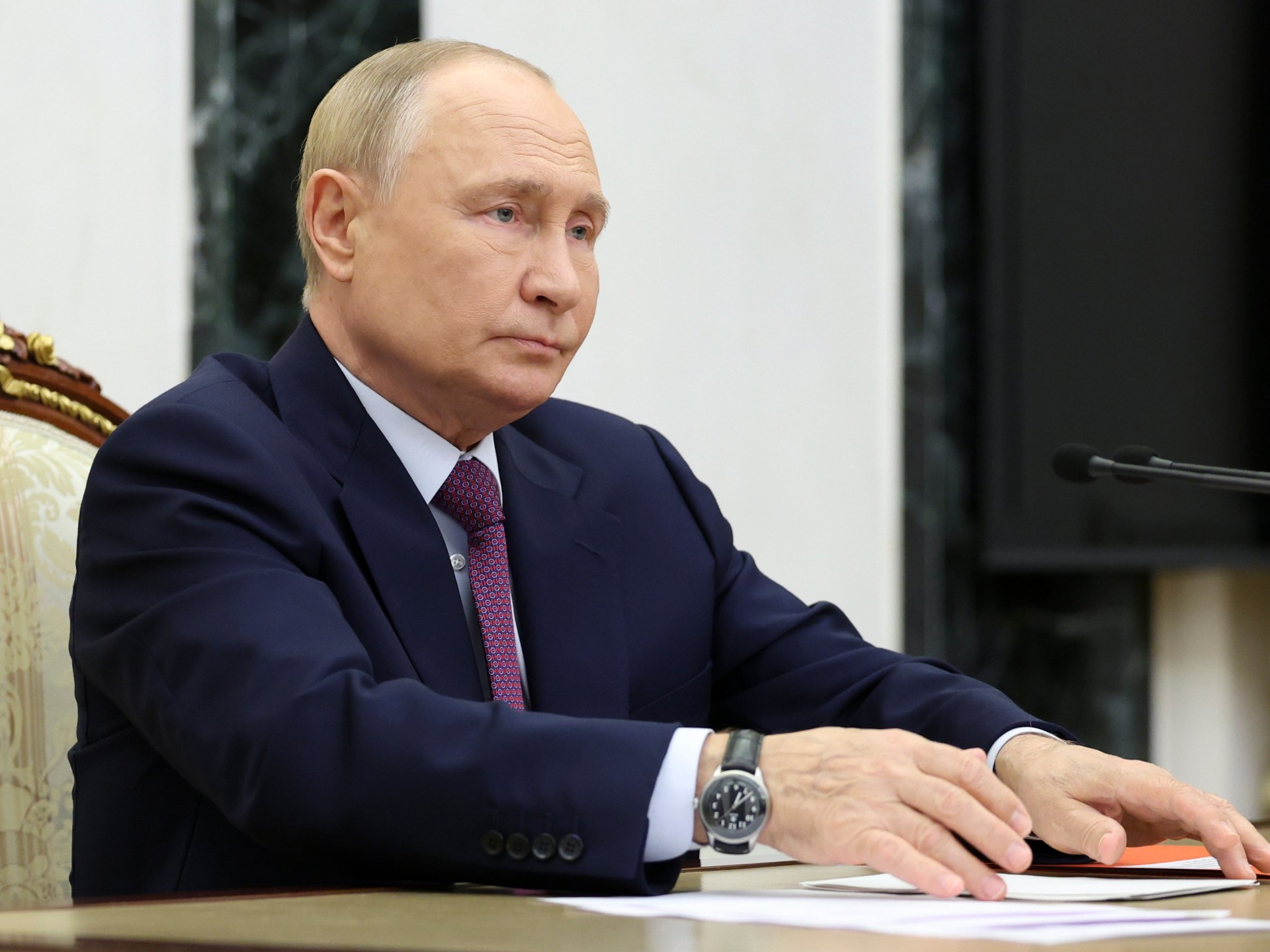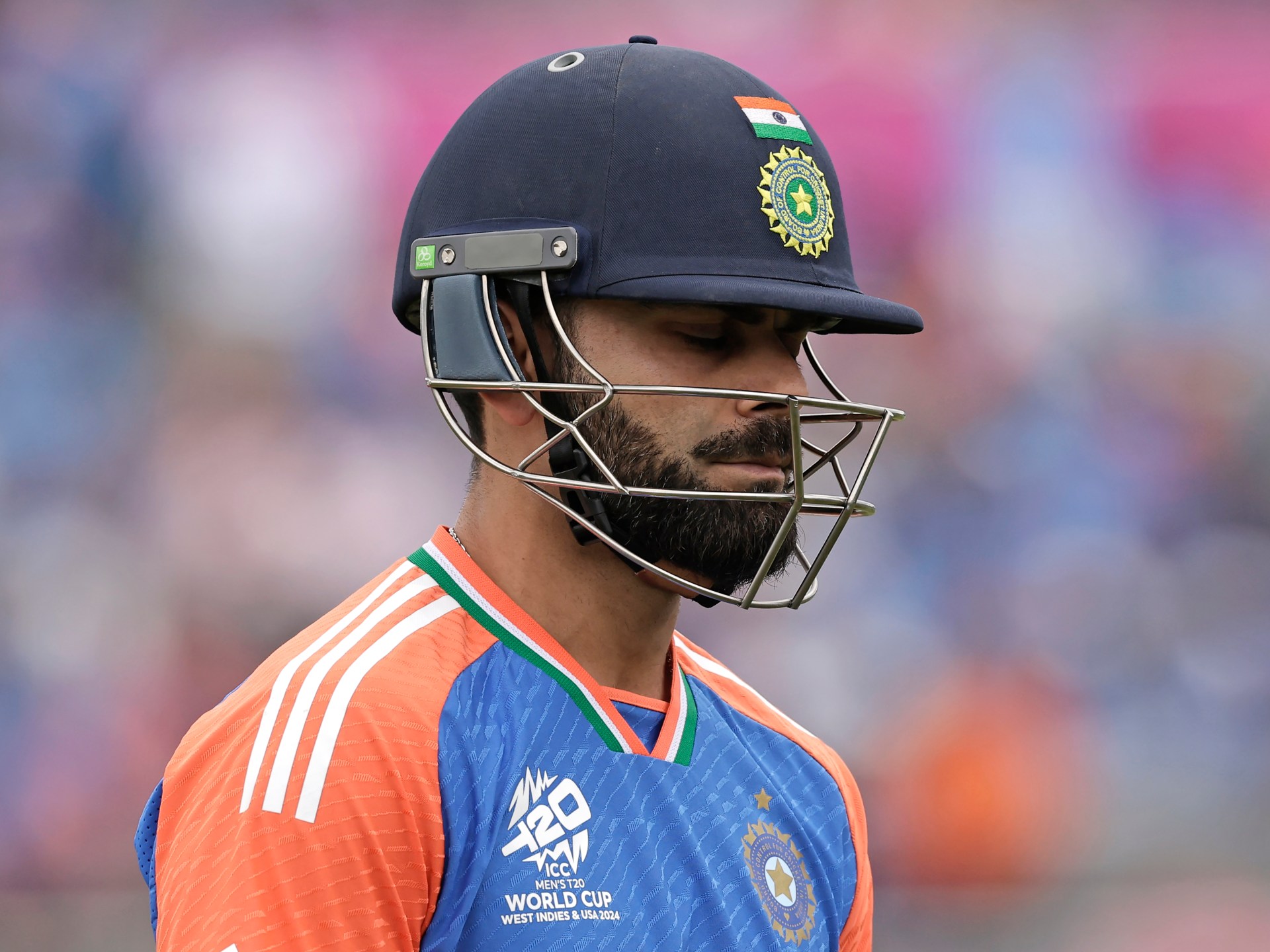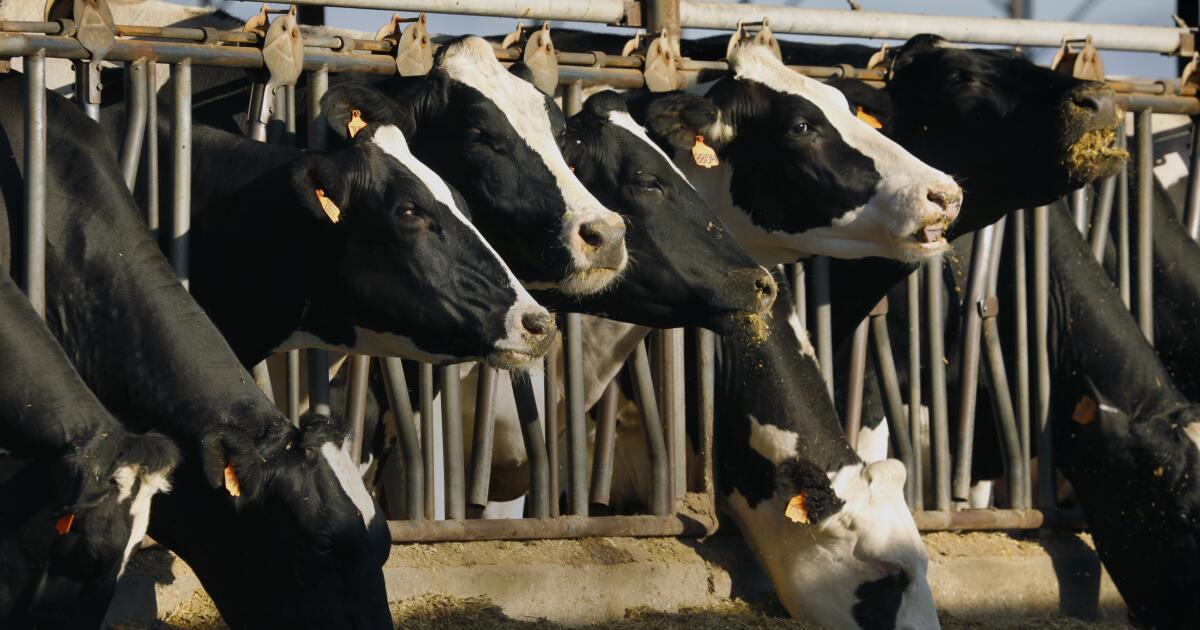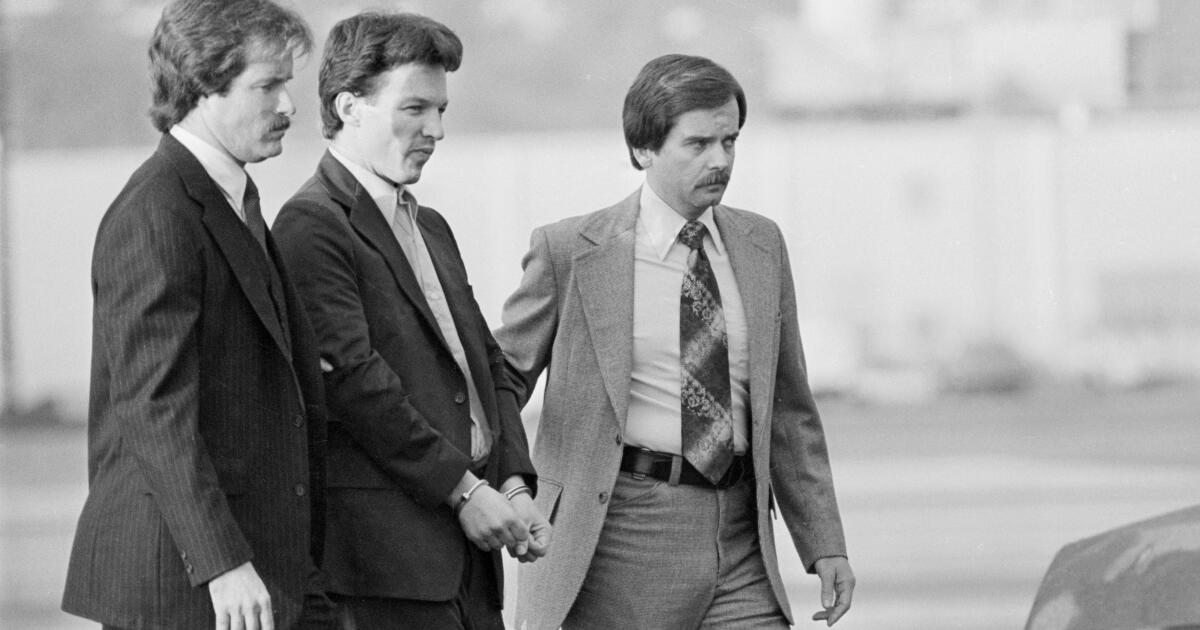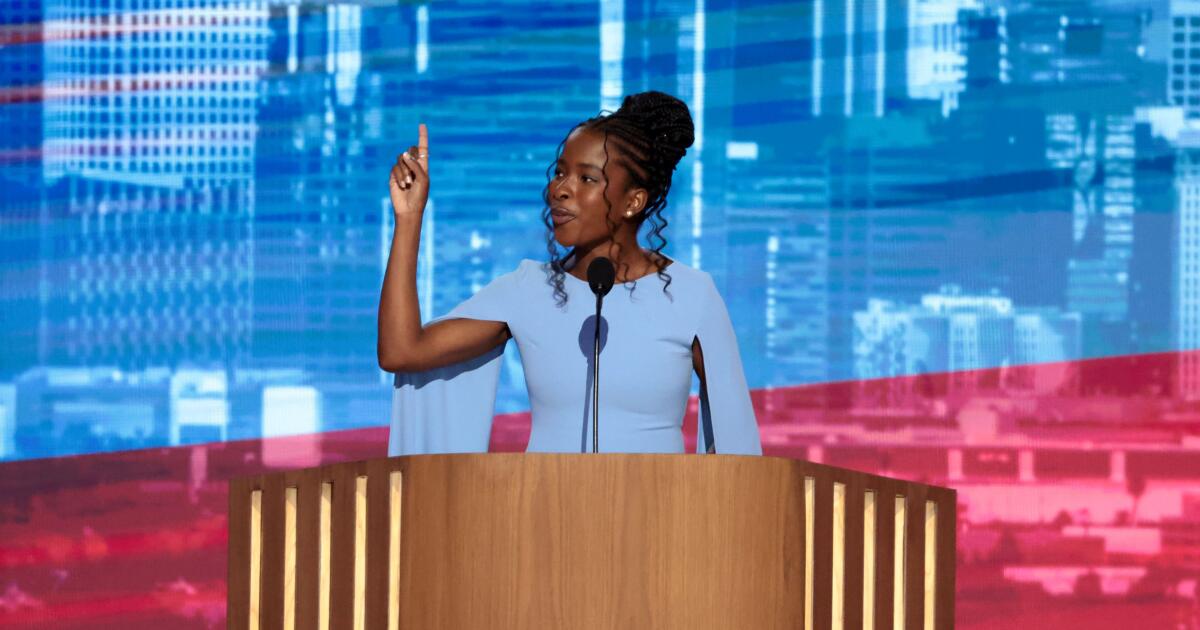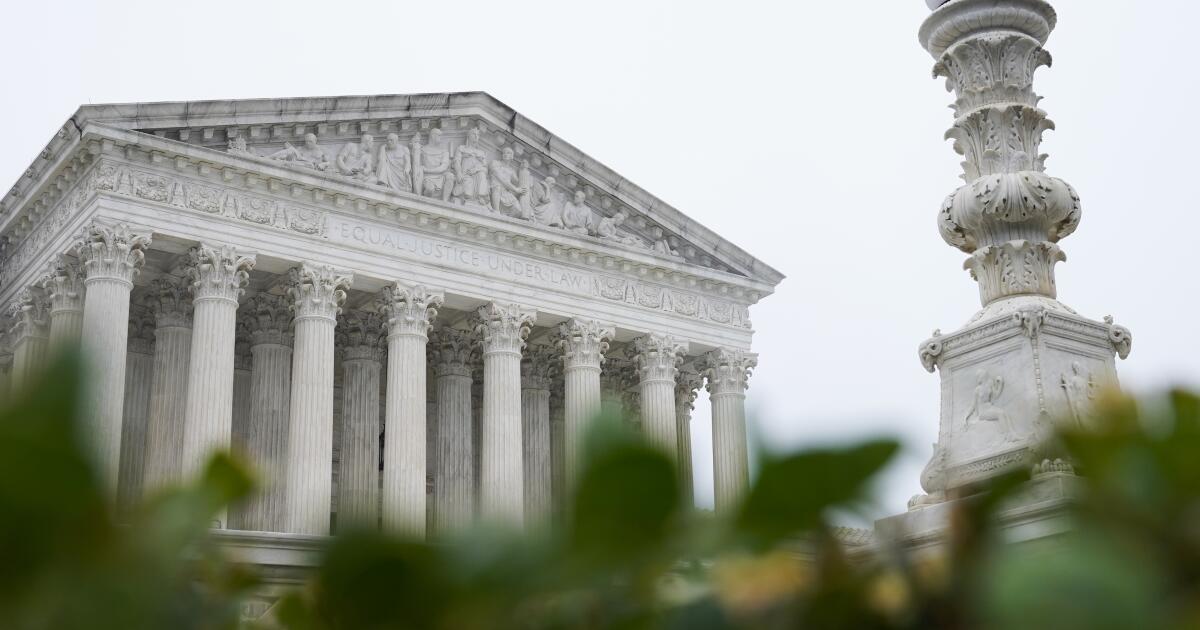I’ve been thinking a lot lately about climate anxiety, and about the feelings of helplessness that have been simmering in the hearts and minds of so many friends and colleagues. The future of our planet has become almost impossible to ignore, and it’s not exactly easy to emerge from a despair that is so deeply connected to, well, everything.
So, in true environmental writer fashion, I set out to find answers the best way I knew how: by talking to a wide range of people and, of course, by diving into books.
I’ve shared my climate readings in the past, but the following list takes a more practical (and dare I say, hopeful) approach. Many of these books helped expand my thinking about climate grief and where that grief can take us. I found much-needed wisdom in essay collections, children’s workbooks, and even a “field guide” from an environmental humanist who has spent years analyzing these feelings with her students.
And in the spirit of our new collection of stories focused on young people's perspectives, I've also included some books written by and for the next generation. After all, the questions and concerns weighing on our children and grandchildren should be a frame of reference for all of us.
To that end, I hope these books will guide you and help you stay grounded, and perhaps even inspire you to take action, no matter how big or small. We are running out of time, but as these books helped me see more clearly, it is not too late for each of us to do our part and change the world for the better.


“The story of something else: how we got to climate change and where we go from here” by Hope Jahren (Vintage, 2020): A short but powerful read, this book is conversational, enlightening, and even funny. Instead of filling you with dread and guilt, each chapter makes you think — about the actions you can take and the differences you can make. (Jahren, a geobiologist and beloved teacher, also adapted this book into a version for young adults ages 10 and up.)
“Solvable: How We Healed the Earth and How We Can Do It Again” by Susan Solomon (University of Chicago Press, 2024): Smog, acid rain, lead in paint—these were all huge environmental problems that we managed to overcome as a society, and Solomon makes a compelling case that when it comes to climate change, we can make it work, too. Solomon, an MIT atmospheric chemist whose research was key to closing the gaping hole in our ozone layer, gives us some much-needed inspiration and some tangible ways forward.

“What happens if we do it right?” by Ayana Elizabeth Johnson (One World, 2024): This book captivated me from the title. Through a collection of thoughtful essays and interviews, Johnson Explore the possibility of Doing it right With a visionary group of environmental leaders, activists and other big thinkers working on the front lines, Johnson, who has become a leading voice on climate solutions, reminds us that there is also joy in working toward a future where we can all thrive.
“It's not too late: changing the climate story from despair to possibility” edited by Rebecca Solnit and Thelma Young Lutunatabua (Haymarket, 2023): I was energized by the engagement reflected in each of these essays, many of them written by longtime climate organizers who write with such clarity and wisdom. This powerful anthology might inspire you to rethink how you’ve felt about climate change—and you can even download a companion study guide on the book’s website to keep the conversation going.

“All the feelings under the sun” by Leslie Davenport and illustrated by Jessica Smith (Magination Press, 2021): Designed for young readers (ages 10-14) but deeply insightful for adults as well, this illustrated workbook provides a thoughtful way to build emotional resilience. A longtime therapist and educator, Davenport developed a series of exercises that also serve as a helpful introduction to climate science and environmental justice. Truly a great resource for parents struggling with how to talk to their children about the future of our planet.
“What to do when climate change scares you: A kid's guide to dealing with climate change stress” by Leslie Davenport and illustrated by Irma Ruggiero (Magination Press, 2024): Davenport also just published a new workbook designed for even younger readers (ages 6-12). With kid-friendly explanations, drawing exercises, and a note for adults, this book gives kids and parents the tools and language to process their weather-related emotions.

“The world is ours to take care of: a letter to a child” by Mary Annaïse Heglar and illustrated by Vivian Mineker (Random House Children’s Books, 2024): And not forgetting our youngest readers, I was deeply moved by this beautifully illustrated children’s book by Heglar, a noted writer and essayist on climate justice. She wrote this book for her nephew, who was born in 2018, and I have no doubt that every child (and every adult, for that matter) would appreciate the heartfelt reminder that “the world will never stop changing. But you will change it, too.”
“Survival lessons: motherhood in the face of the “apocalypse”” by Emily Raboteau (Henry Holt, 2024): In a series of evocative and complex essays, Raboteau explores the crises of our time from the perspective of a mother trying to prepare her children for the future. With piercing observations and profound honesty, she gives voice to the anguish that many of us have silently felt in so many interconnected aspects of our lives.

“Life as we know it (and can be): stories of people, climate, and hope in a changing world” by Bill Weir (Chronicle Prism, 2024): Continuing the theme of parenting in the age of planetary crisis, this book by Bill Weir, CNN’s chief climate correspondent, is also worth a read. Structuring each chapter as a series of letters written to his newborn son, Weir reflects on what he’s learned in the field as a reporter and a father — and how we might yet rewrite this disaster story. A “hopeful plot twist” is still within reach, he notes. “Old stories got us here, but new ones can get us out of there.”
“Lessons from the climate anxiety counselling booth: How to live with care and purpose in a world in danger” by Kate Schapira (Hachette Go, 2024): Drawing on her experiences working with mental health experts, activists, and everyday people processing the realities of climate change, Schapira has put together a pretty helpful guide. It offers down-to-earth wisdom and provides thoughtful exercises on how to reconnect with your sense of purpose during such tumultuous times.
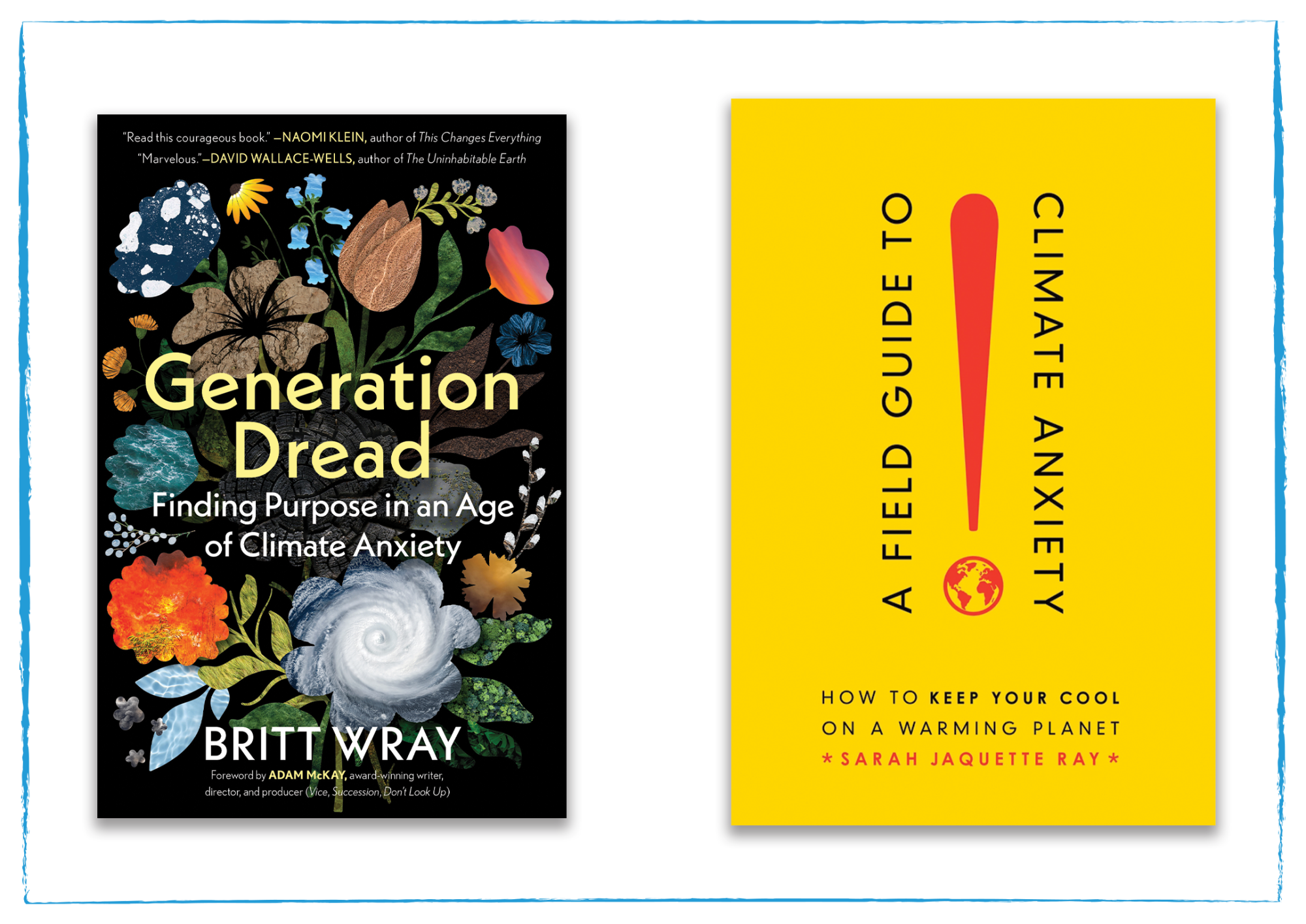
“Generation Dread: Finding Purpose in an Age of Climate Crisis” by Britt Wray (The Experiment, 2023): Another highly practical book packed with insights into how we can learn from our own emotions and find the courage to stay engaged in a productive and purposeful way. Wray, a leading researcher at the intersection of climate change and emotional well-being, has a memorable way of framing key takeaways that I’ve cited time and again.
“A practical guide to climate anxiety: how to stay calm on a warming planet” by Sarah Jaquette Ray (UC Press, 2020): I had the joy of watching Ray, an environmental humanist, guide her students at Cal Poly Humboldt with compassion and tough love. Consider this book an “existential toolkit” that combines insights from psychology, sociology, mindfulness, and years of deep listening with the climate generation. (Ray and her colleagues also recently created a similar “field guild” for educators seeking guidance on how to teach in a world on fire.)
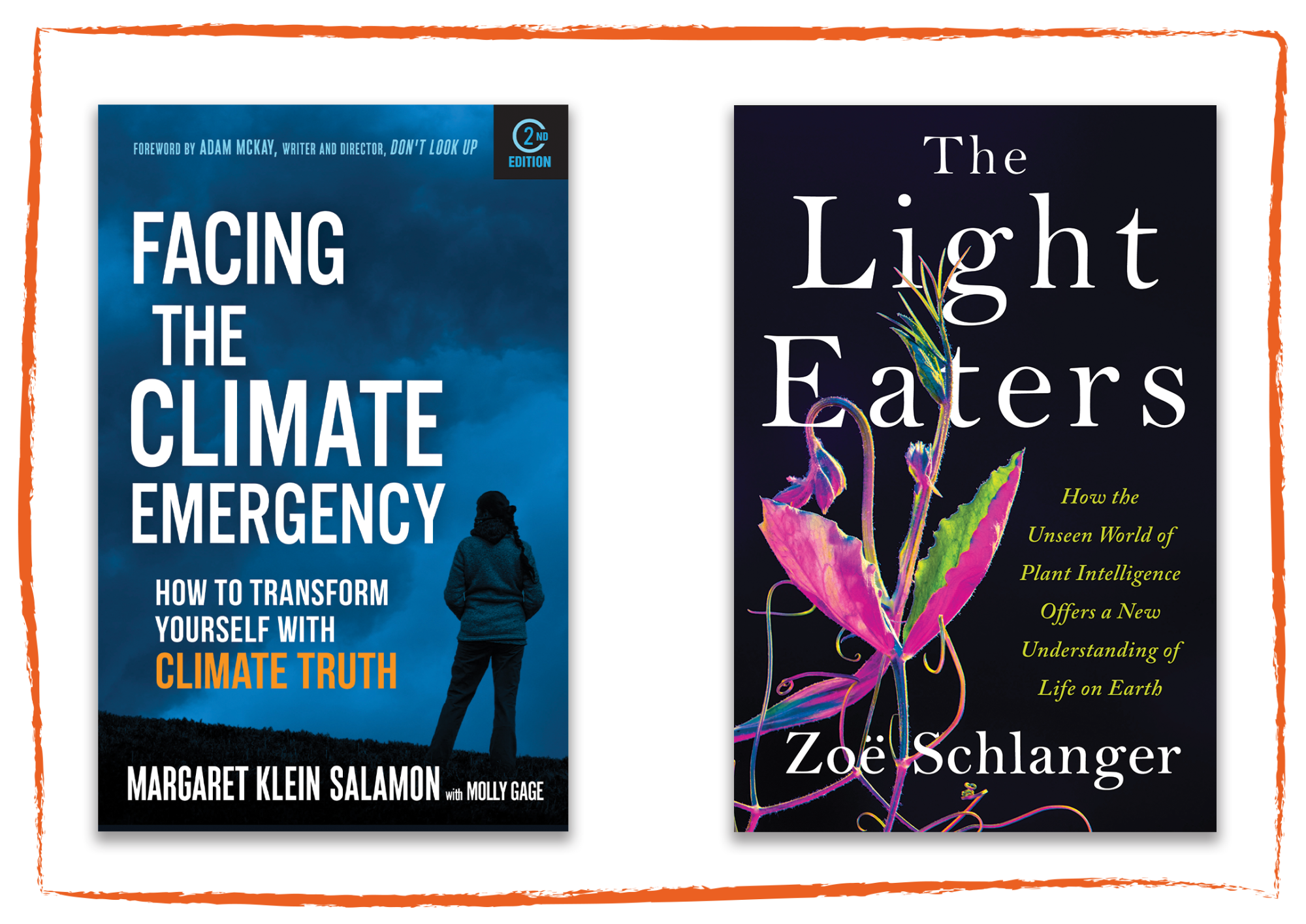
“Facing the climate emergency: how to transform with climate truth” by Margaret Klein Salamon with Molly Gage (New Society Publishers, 2020): This book was first brought to my attention by a climate-emotional advocate who works with Extinction Rebellion, a grassroots movement known for urging climate responsibility through nonviolent acts of civil disobedience. Described by many as an epic wake-up call, this book guides you through exercises in self-reflection and, if anything, will help you sharpen your own thoughts about climate activism and how you might see yourself fighting for a more sustainable future.
“The Light Eaters: How the invisible world of plant intelligence offers new insights into life on Earth” by Zoë Schlanger (Harper, 2024): This book by Schlanger, a science and environmental writer at The Atlantic, helped ground me in ways I didn’t know I needed to. It’s also a brilliant reminder that these feelings of wonder—about the world humming around us and the more subtle plants and life forms we so often take for granted—are also critical to renewing our love for and desire to care for this planet.

“H for Hope: Climate Change from A to Z” by Elizabeth Kolbert and illustrated by Wesley Allsbrook (Ten Speed Press, 2024): Kolbert, the Pulitzer Prize-winning author of “Field Notes from a Catastrophe,” “The Sixth Extinction,” and “Under a White Sky,” is back with a stunning collection of 26 essays (one for each letter of the alphabet) that examine how we got into this mess in the first place—and how the choices we make today can still make a difference. With her dark humor and incisive style, Kolbert covers an impressive range of topics that inform and inspire.
“Diary of a young naturalist” by Dara McAnulty (Milkweed, 2022): Last but not least, I hope your heart grows with this beautiful memoir from a 16-year-old poet from Northern Ireland. McAnulty, who is autistic, writes with a sincere and deeply moving connection to the natural world. Her observations are filled with joy and curiosity, and “by sharing this journey,” she writes, “my hope is that people of all generations will not only understand autism a little more, but also appreciate a child’s take on our delicate and changing biosphere.”

